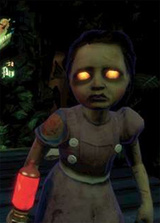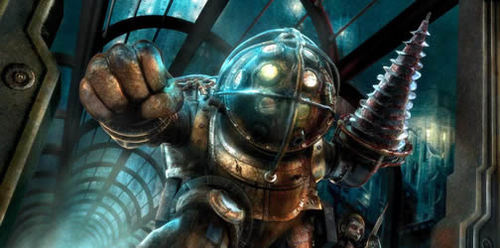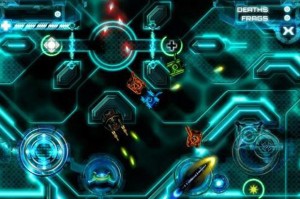BioShock 2 is one of the most popular first person shooter video game, with the player taking on the role of “Subject Delta”, a prototype for the Big Daddies some ten years after the events of the first game. As with BioShock, the player explores Rapture and fighting off Splicers, the remaining senile human population of the city, using a combination of the environment, weapons, Plasmids and Tonics.
It’s tough to follow up a game like BioShock, because it went to a plateau games rarely touch- emotion and cognitive thinking. In other words, art. Where do you go once you’ve reached the top? Spoilers for both BioShocks below.
The truth is, BioShock 2 didn’t have to aspire to be anything beyond what the first BioShock was- an interactive piece of art that challenged the very idea of playing video games as an act of societal submission. Trying to repeat that exact same idea would be a waste of time. And while a lot of critics have pointed out that the gamer gets the same environment that the original BioShock has, it become clear almost instantly that 2K Marin was just as focused on creating an original idea as they were on making sure the ice on your drill looks right.
For starters, you can see yourself in this one, kind of. You’re one of the first Big Daddies, and although your entire body is covered up by a suit, at least you know who you are. BioShock 2 gives what so many wanted in the first one- a chance to dig deeper into Rapture, the underwater city where the game is set. You learn some history, see new buildings, and that’s all well and good. But if the first BioShock used its twist to make players question the act of playing a game in the first place, its sequel focuses on undermining our concept of use and desire.
Games like the BioShocks or Fallout 3 can try, but never will truly be able to create an actual moral quandary for the majority of its users. Games are entrenched in statistics- collect number of X to receive Trophy Y. The initial dilemma BioShock gives you with its Little Sisters is no different. Sure, the first Little Sister can be tough, but by the third one you’ve figured out your path of action for the game. It’ll change the ending, but no one plays a game solely for the end, just like no one reads a mystery novel to figure out whodunnit.

Yes, many things are hidden under the surface in BioShock 2, starting with Rapture. But other games have had other hidden cities. BioShock 2 goes beyond mere NPC interaction, it forces the player to connect with its elements, to understand their lives. It’s a powerful leap forward for interactive arts. Rather then simply copy what movies do and hope the same emotional engagement will occur, BioShock 2 makes the case that video games can be art just as much as any other medium. It’s not the first game to make this case, but with it’s story and gameplay all focusing on a united theme, it’s certainly the most convincing.




